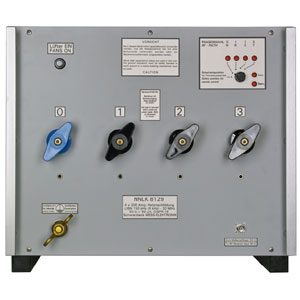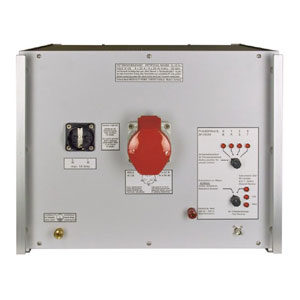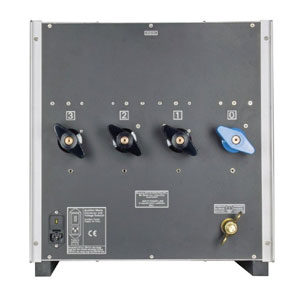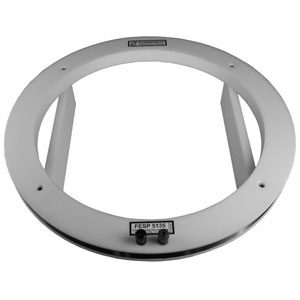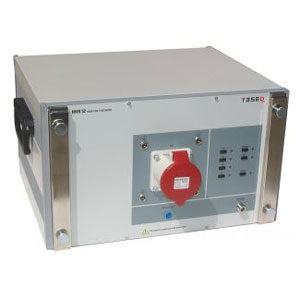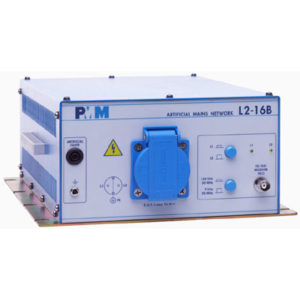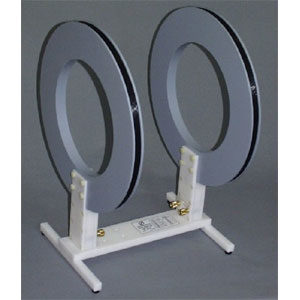- Topology: V-LISN
- Frequency Range: (9 kHz) 150 kHz – 30 MHz
- Impedance simulation: 50 µH || 50 Ω
- Max. Voltage: 250 VAC 50/60 Hz, 400 VDC
- Max. Current: 4 x 200 (300) A
- Mains terminals: 4 wing terminals
- Terminals for E.u.T.: 4 wing terminals
- Length: 604 mm
- Width: 446 mm
- Height: 355 mm
- Weight: 30.5 kg
- Standard: CISPR 16-1-2
Schwarzbeck NSLK 8129 V-Line Impedance Stabilisation Network
The purpose of a LISN is to provide the device under test with energy and to decouple it from mains, to carry the interference voltage to the EMI measurement receiver and to load the RF emitted by the device under test withstandardized impedance.
Due to high capacities very high leakage currents can occur (~1A). Thus it is not possible to use a residual current operated circuit breaker. It is recommended to use an isolating transformer.
The supply voltage has to be applied at the back panel of the LISN by using the wing terminals
Important! The operator has to make sure that the maximum current is limited to 200A at the supply side. There is no fuse built into this LISN to protect the device under test! The device under test has to be connected to the wing terminals at the front panel.
Ti potrebbe interessare…
-
Line Impedance Stabilization Networks (LISN)
Schwarzbeck NSLK 8128 V-Line Impedance Stabilisation Network
-
Line Impedance Stabilization Networks (LISN)
Schwarzbeck NSLK 8130 Line Impedance Stabilisation Network

